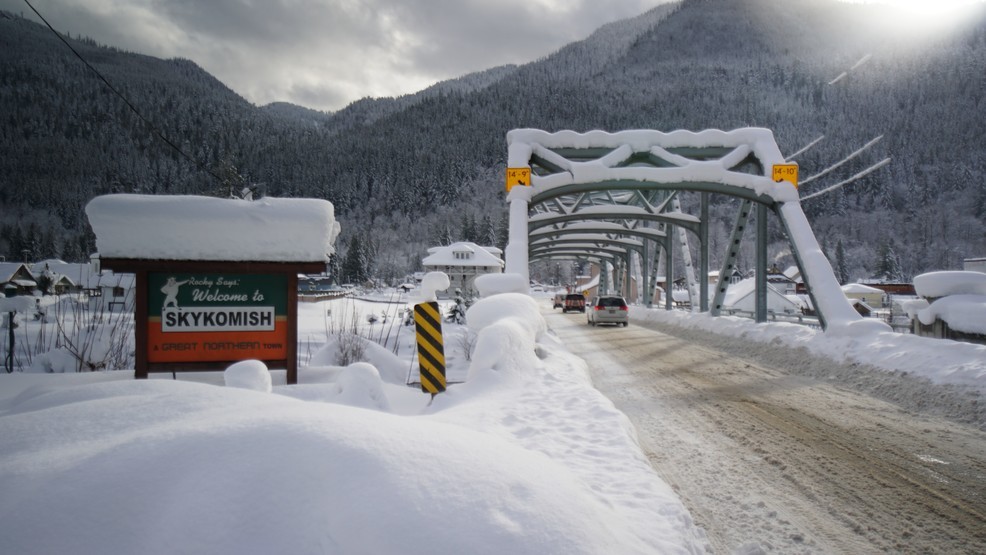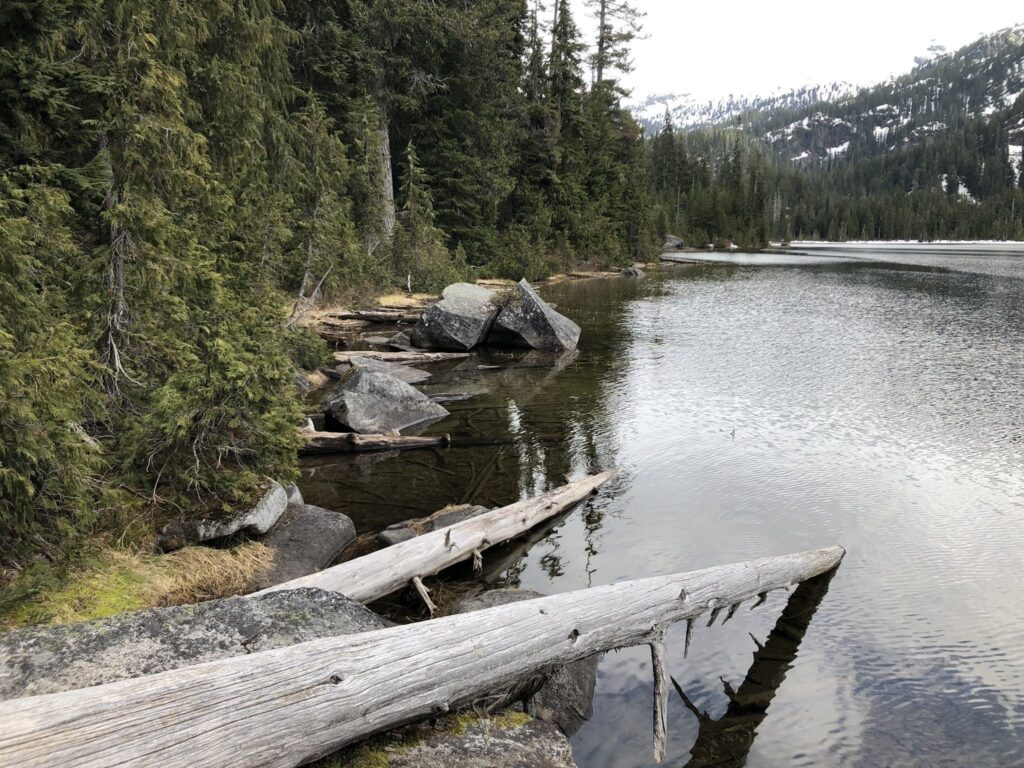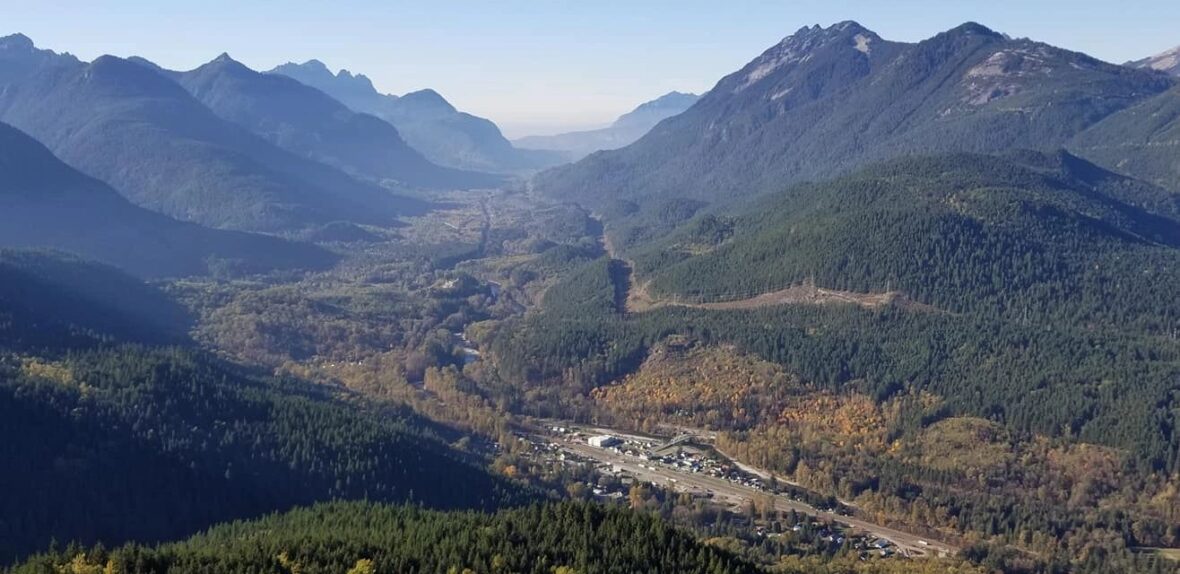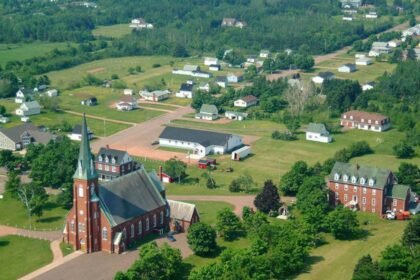Skykomish is a town in King County, Washington, United States. The population was 198 as of the 2010 census, down from an estimated peak of “several thousand” in the 1920s. Take a look below for 15 interesting and amazing facts about Skykomish, Washington, United States.
1. Located in the Mount Baker-Snoqualmie National Forest, 49 miles east of Everett, Washington, on the South Fork of the Skykomish River, Skykomish was founded as a railroad town.
2. Today, it is mainly a stopping point for recreational access to the surrounding mountains, including skiing at nearby Stevens Pass.
3. Being located in the far northeastern corner of King County, mountains deny Skykomish any road access to the rest of the county.
4. Instead, U.S. Highway 2 (known in the area as the Cascade Highway) connects it with Snohomish County to the north and through Stevens Pass (17 miles east of town) to Chelan County.
5. The name “Skykomish” derives from the Skykomish or Skai-whamish tribe (originally considered a subdivision of the Snoqualmies) who inhabited the area before European settlement.
6. The townsite was settled in 1889 by John Maloney, a guide for the surveying team on the Great Northern Railway.

7. The town of Skykomish was officially incorporated on June 5, 1909.
8. From the 1890s to 1974, Skykomish was a maintenance and fueling station for the Great Northern Railway, which eventually became part of the Burlington Northern Railroad, and presently the BNSF Railway. It was also once the western terminus for electric operations (1928–56) on the Cascade Tunnel route all the way to Wenatchee.
9. Here, steam or diesel locomotives were changed or coupled to electric locomotives.
10. The town gained a public library in 1945, operated by the King County Rural Library District and located in the city hall. It was replaced with a separate building in 1994.
11. Skykomish’s population peaked at around 8,000 in the 1920s and shrank to under 300 by 1990 due to the loss of businesses and jobs.
12. Waste disposal practices, common during that era, resulted in the contamination of its soil, its groundwater, and the Skykomish River by oil and heavy metals. BNSF (then BN) and the Washington State Department of Ecology began remediation discussions in the mid-1980s, and in 2006, agreed to a plan whereby the railroad would pay up to $50 million to clean up the area over a three-year period (completed in 2009).

13. This effort involved massive excavations—essentially removing the contaminated soil and replacing it with clean soil—and the rebuilding of a levee.
14. Twenty two of Skykomish’s buildings — both homes and business — were temporarily moved during the cleanup process. After the contaminated soil under them was removed, the buildings were moved back to their original locations on new foundations and utilities connections.
15. The town was restored with modern conveniences such as sidewalks and street lights, but the historic character of Skykomish was maintained. The greatest benefit of the cleanup to every resident and business in town was the installation of the new Waste Water Treatment system connected to every building.




